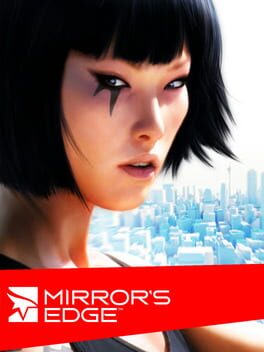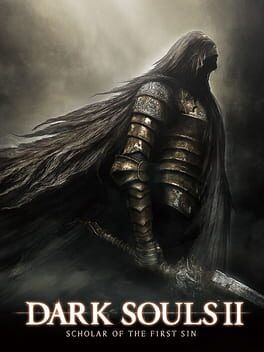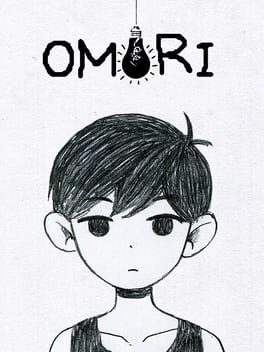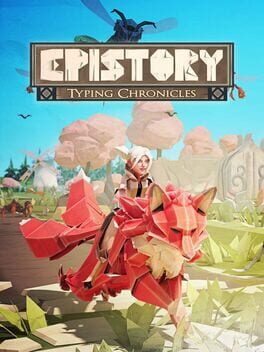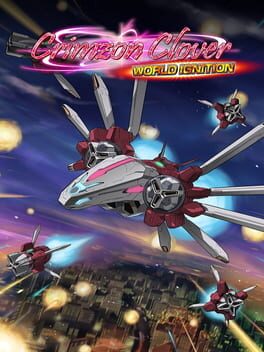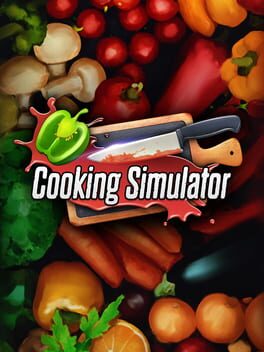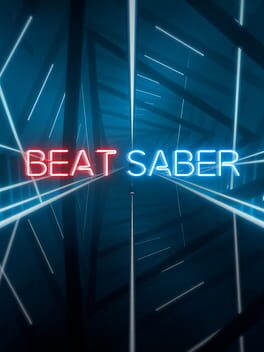WubGaming
624 Reviews liked by WubGaming
Snake Pass
2017
Filled to the brim with snake-based gameplay, Snake Pass has some of the most immersive snake action you'll find in the world of video games. You very much walk a mile in the shoes of a snake here; you will learn what a snake is worried about when it's slithering thirty feet up in the limbs of a tree. A good snake pass player will figure out how to secure themselves for further snake-manuevering. The best game with a snake since Metal Gear Solid 2
Mirror's Edge
2008
Always sucks to revisit one of your favorites and find out it doesn't hold up quite as well as your memory. Mirror's Edge still has some really high highs, but I'd forgotten how annoying other parts of it can be. I still love a lot of it, the visuals hold up great, the world design is amazing, and when the gameplay really works it's a ton of fun. Unfortunately, there's far too few sections that allow the gameplay to shine. The majority of the game is made up of a mix of weird slow puzzly climbing sections that aren't very fun and have janky controls, terrible combat sections, and don't even get me started on the story. The areas where you're free to take multiple paths and go as fast as possible and aren't restricted are fantastic, and I guess I remembered those a lot more than the rest of it.
Dark Souls II: Scholar of the First Sin is a mod of the 2008 action game Dark Souls, created by the community group known as the Scholar of the First Sin Development Team (SFSDT; previously known as the First Sin Back Room). It is designed to retool Dark Souls to play more like its two predecessors, King's Field (2001) and Demon's Souls (2009), in response to fan objections to Dark Soul's physics, slower-paced gameplay, larger use of chance elements, and mechanics of certain attacks. Dark Souls II: Scholar of the First Sin reintroduces the mechanics like health penalties for being undead, which were present in Demon's Souls but were cut from Dark Souls. In addition, it features a new art style for in-game menus and allows players to choose certain weapons individually when they are only accessible as extensions of other ones in Dark Souls.
Omori
2020
One way to understand OMORI's relation to Yume Nikki, a game from which it lifts a lot, is to imagine a remake of Inland Empire that spends hours of screentime explaining why Laura Dern is so scared.
OMORI exists in the quirky and surreal JRPG lineage of the MOTHER series, LISA, and Undertale (among others). As far as those series' influence goes it does fine: you go on a journey with a bunch of your close friends; the characters are believable and human; the music slaps ass. At the same time, the game is atrociously paced and never seems to fall into any sort of rhythm. It's difficult to get a sense of its scope while playing. But aside from a just ridiculous, immersion breaking, and as far as I can tell unnecessary twist towards the end, OMORI is effective. I certainly cared more for the characters in this game than anybody in Earthbound or Mother 3.
It does well compared to other MOTHERlikes, but how does it stack up to Yume Nikki? Yume Nikki has barely any text. To be frank, it barely has anything. You wander through surreal and sometimes terrifying dreamscapes; you occasionally interact with things that may or may not result in consequences. Still: by exploring the landscapes of her dreams, the player begins to feel a connection to their character (known as Madotskui). You get some vague idea of her fears, her traumas, her general brain state. This is all communicated to the player by, again, functionally being a walking simulator. OMORI seemingly attempts to accomplish a similar goal: putting the player into Sunny's dreamscapes. But it does so by completely eschewing the subtlety that really made Yume Nikki special.
In one of OMORI's final explorations of dream space, he is sent into a room filled with doors. As he enters these doors and explores the rooms contained within, he is given "keys" that he uses to progress. This segment of gameplay seems deliberately designed to echo Yume Nikki, even beyond just borrowing the aesthetics as the rest of the game does. Inside of one room, the player can interact with bells: some of the bells make noises, but the other prompts a textbox, "this bell makes no noise." Why? What is gained by telling the player that? In Yume Nikki, a player understands an object can't be interacted with because an attempt at interaction with it simply yields no result. It's this kind of redundancy that slows OMORI down, and really impacts its effect.
OMORI taken in its worst light seems to stand for the suggestion that Yume Nikki lacked some kind of backstory. We need to understand Sunny's interpersonal friendships and their history, his family life and his interests. More importantly we need to be told about these aspects, and beat over the head with them. I don't think that's true: I think this game could have done more if it had less stuff in it. That being said the game succeeds more than it fails, and its always cool to see surreal dreamlike influence from Yume Nikki leak into mainstream shit. In the end, the degree to which the game pays homage to Yume Nikki just kinda triggers the "never remind the player they could be playing a better game" rule. Which is a shame because again, all told this game ain't bad.
OMORI exists in the quirky and surreal JRPG lineage of the MOTHER series, LISA, and Undertale (among others). As far as those series' influence goes it does fine: you go on a journey with a bunch of your close friends; the characters are believable and human; the music slaps ass. At the same time, the game is atrociously paced and never seems to fall into any sort of rhythm. It's difficult to get a sense of its scope while playing. But aside from a just ridiculous, immersion breaking, and as far as I can tell unnecessary twist towards the end, OMORI is effective. I certainly cared more for the characters in this game than anybody in Earthbound or Mother 3.
It does well compared to other MOTHERlikes, but how does it stack up to Yume Nikki? Yume Nikki has barely any text. To be frank, it barely has anything. You wander through surreal and sometimes terrifying dreamscapes; you occasionally interact with things that may or may not result in consequences. Still: by exploring the landscapes of her dreams, the player begins to feel a connection to their character (known as Madotskui). You get some vague idea of her fears, her traumas, her general brain state. This is all communicated to the player by, again, functionally being a walking simulator. OMORI seemingly attempts to accomplish a similar goal: putting the player into Sunny's dreamscapes. But it does so by completely eschewing the subtlety that really made Yume Nikki special.
In one of OMORI's final explorations of dream space, he is sent into a room filled with doors. As he enters these doors and explores the rooms contained within, he is given "keys" that he uses to progress. This segment of gameplay seems deliberately designed to echo Yume Nikki, even beyond just borrowing the aesthetics as the rest of the game does. Inside of one room, the player can interact with bells: some of the bells make noises, but the other prompts a textbox, "this bell makes no noise." Why? What is gained by telling the player that? In Yume Nikki, a player understands an object can't be interacted with because an attempt at interaction with it simply yields no result. It's this kind of redundancy that slows OMORI down, and really impacts its effect.
OMORI taken in its worst light seems to stand for the suggestion that Yume Nikki lacked some kind of backstory. We need to understand Sunny's interpersonal friendships and their history, his family life and his interests. More importantly we need to be told about these aspects, and beat over the head with them. I don't think that's true: I think this game could have done more if it had less stuff in it. That being said the game succeeds more than it fails, and its always cool to see surreal dreamlike influence from Yume Nikki leak into mainstream shit. In the end, the degree to which the game pays homage to Yume Nikki just kinda triggers the "never remind the player they could be playing a better game" rule. Which is a shame because again, all told this game ain't bad.
Probably the best typing game I've played, even though it has its issues, and I played it at a pretty good time just having learned a new keyboard layout (Colemak) so it was actually challenging. Lot of nice small touches all around, and the art style is quite good. The story and narration really didn't do anything for me, I doubt it's why anyone is playing this but it would've been fine without probably? The game is a little unclear on where to go sometimes, and the unlockable area system felt overly convoluted when it's a pretty linear game overall. While the movement system keeps your hands closer to homerow and is interesting, I still think it might've been better to have movement on the typical WASD and switch your hand position for typing. Also some of the battles later on were more tedious than fun, but the game ended right around the point I was starting to get tired of it so that's probably pretty good pacing. Fun game overall, if you enjoy typing give it a shot.

